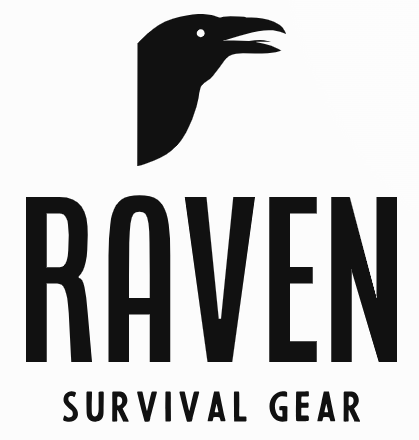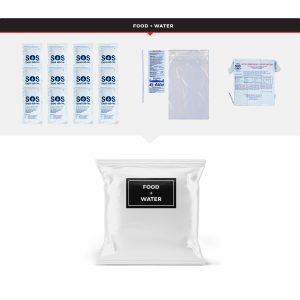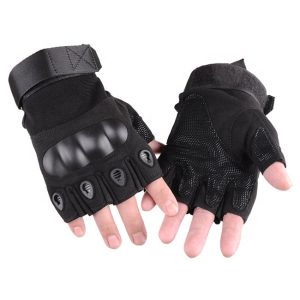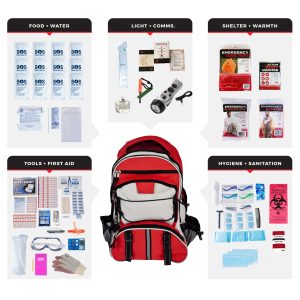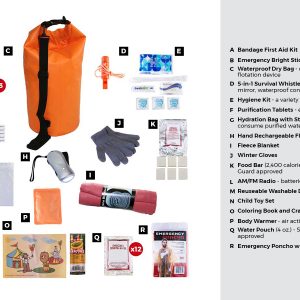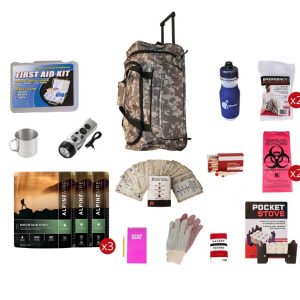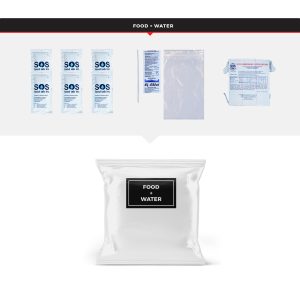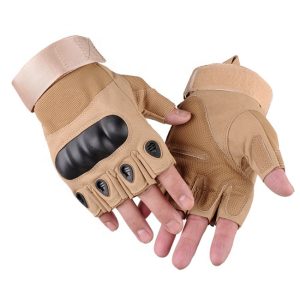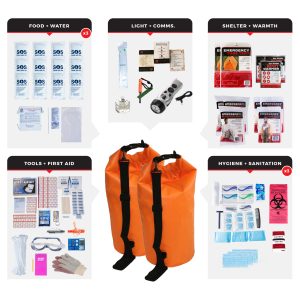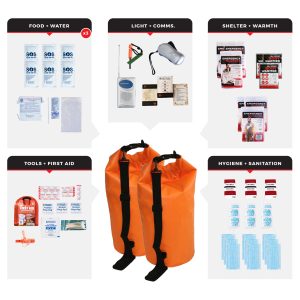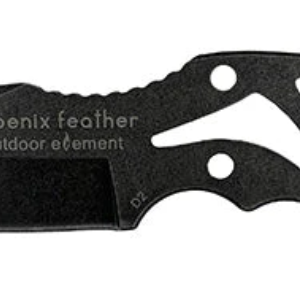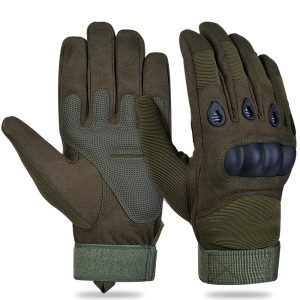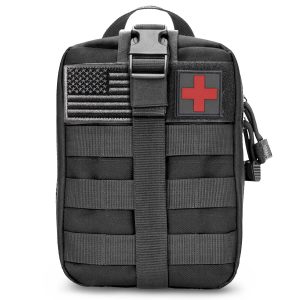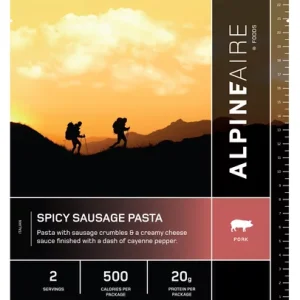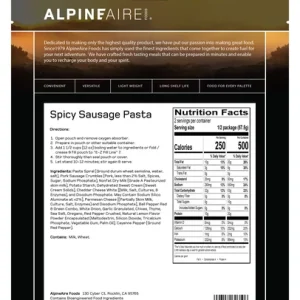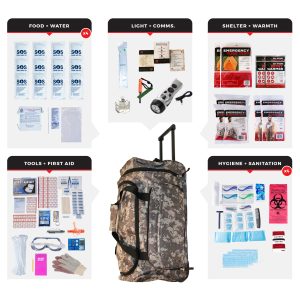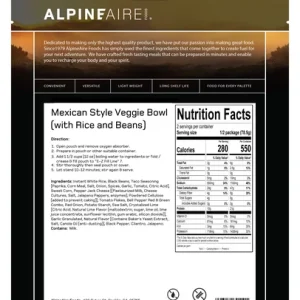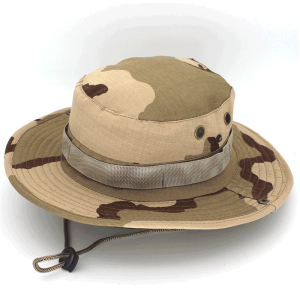RAVEN BLOG
RAVEN SURVIVAL GEAR BLOG
Prepping, short for preparedness, involves planning and preparing for potential emergencies or disasters.
People who prep often stockpile supplies, acquire skills, and develop strategies to handle situations where normal systems and services might fail.
Survival gear is crucial because it helps ensure that you can handle unexpected situations, such as natural disasters, power outages, or other crises. Having the right gear can make a big difference in maintaining your safety, health, and well-being when standard resources are unavailable.
For lengthy survival scenarios, you’ll need a variety of gear to address different needs. Here’s a breakdown of essential survival gear for extended periods:
Basic Needs:
Water Filtration and Storage:
Water Filter/Purifier: To ensure clean drinking water.
Water Containers: Collapsible or durable bottles and larger containers for storing water.
Food:
Non-perishable Food: Canned goods, freeze-dried meals, high-calorie snacks.
Cooking Equipment: Portable stove, fuel, utensils, and cooking pots.
Shelter:
Tent or Emergency Shelter: Compact, durable tents or emergency bivvy bags.
Sleeping Gear: Sleeping bag, sleeping pad, or an insulated blanket.
Clothing:
Weather-Appropriate Clothing: Layered clothing for varying temperatures.
Durable Footwear: Sturdy boots or shoes for extensive walking.
Health and Safety:
First Aid Kit: Comprehensive kit including bandages, antiseptics, medications, and tools.
Hygiene Supplies: Soap, hand sanitizer, and sanitary items.
Navigation and Communication:
Maps and Compass: For navigation if GPS fails.
Emergency Radio: Hand-crank or battery-operated for weather updates.
Communication Device: Satellite phone or a two-way radio if cell networks are down.
Tools and Equipment:
Multi-tool or Knife: Versatile tool for various tasks.
Fire Starting Kit: Matches, lighters, and fire starters.
Power and Lighting:
Flashlights and Headlamps: With extra batteries.
Solar Charger: For recharging small electronics.
Miscellaneous:
Personal Documents: Copies of important documents like ID, insurance papers, and medical records.
Cash: Small amounts of cash in various denominations.
The specific gear you’ll need can depend on the nature of the disaster or survival situation you’re preparing for. It’s also a good idea to regularly review and update your supplies, and to make sure you’re familiar with how to use everything in your kit.
Survival Kits
Survival Kits
Survival Kits
Survival Kits
Survival Kits
First Aid
Survival Kits
Survival Kits
Survival Kits
Survival Kits
Survival Kits
Survival Kits
Survival Kits
Survival Kits
Survival Kits
Survival Kits
Survival Kits
Survival Kits
Survival Kits
Survival Food
Survival Kits
Survival Food
Survival Kits
Survival Kits
First Aid
